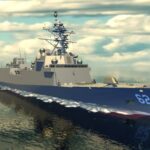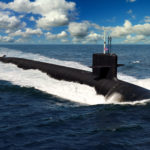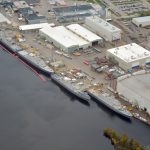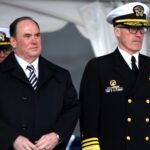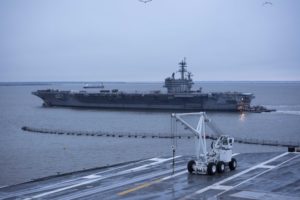
A top Navy official last month said the service is reexamining the current carrier strike group readiness generation model because it may no longer fit today’s realities. “We recognize that we have to take a good hard look at it. We started that look last July and Admirals Grady and Aquilino, the two fleet commanders in the Atlantic and Pacific, owe CNO an answer on that here in the coming months,” Vice Chief of Naval operations Adm. Robert Burke said…

 By
By 